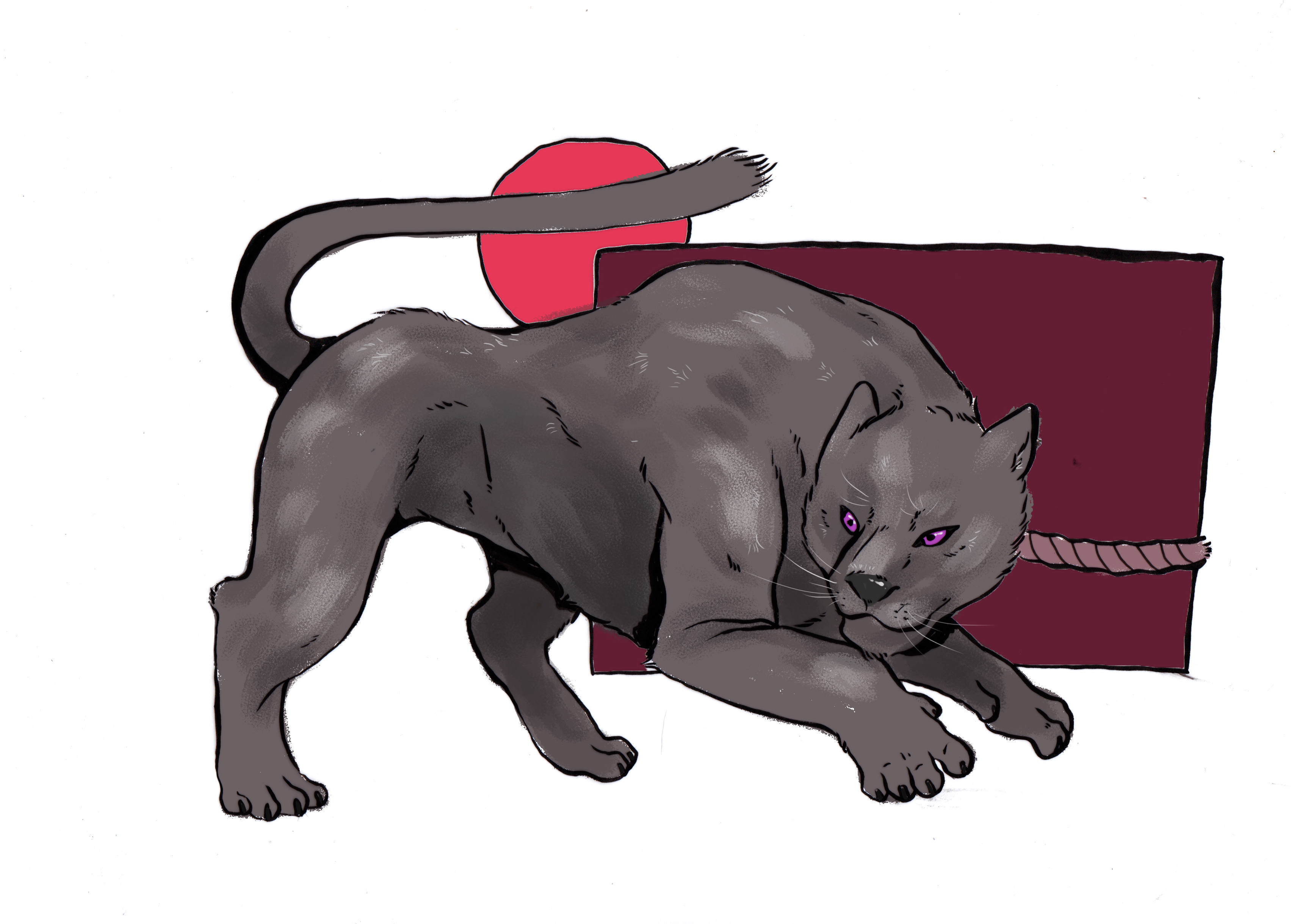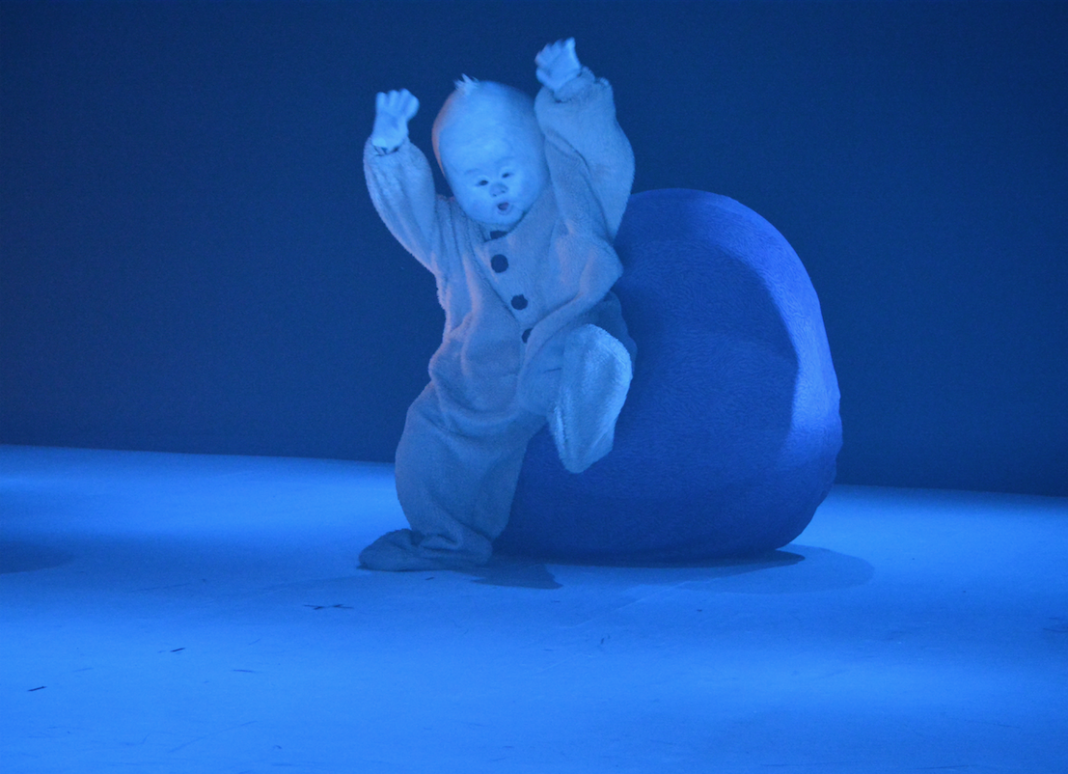The third and latest season of Fargo—the anthology series created by Noah Hawley, not the Coen Brothers film on which it is based—left quite an impression on me. While the show’s first two seasons were excellent in their own right, I felt like there was something really special happening as I watched season three. Maybe it was the heightened sense of atmosphere and dread, maybe it was the more pronounced presence of the weird and surreal, or maybe it was just the sheer wickedness of V.M. Varga’s teeth. Whatever the reason, I found myself extremely compelled.
In keeping with the Fargo aesthetic, this season involved a series of crimes, mistakes, and relationships jumbling up together, spiraling out of control into a murky swamp of intertwining circumstances conspiring to compound the characters’ moral grey areas (already present in spades thanks to stellar writing and acting).
Spoilers ahead!
Season three saw Ewan Mcgregor playing dual roles as brothers wrapped up in a stamp-based feud that ends up proving a lot more damaging than it sounds. When they were young, Emmit Stussy tricked younger brother Ray into trading his father’s stamp collection for a sports car, getting rich off the stamps over the years as the car became increasingly decrepit in the Minnesota snow.
Things get even more complicated when Nikki Swango (Mary Elizabeth Winstead), a parolee and Ray’s girlfriend, matches her ambition and strategy to Ray’s resentment and the two plot to get even with Emmit. Meanwhile, the mysterious V.M. Varga (David Thewlis) shows up at Emmit’s parking lot company with the intent of using it as a vehicle for shady activity, bringing along a band of bad dudes and a whole lot of sneering. As things start to go wrong and people start to die, police chief Gloria Burgle (Carrie Coon) sets about investigating and is initially the only one able to notice that there’s more going on than what’s on the surface.
As the season went on, bold creative choices from Hawley and company continued to accumulate. Consider the opening of episode four, which aligned the characters with the themes of “Peter and the Wolf,” each tune designating a character complete with signifying instrumentation (Nikki = cat = clarinet; Ray = duck = oboe) and narration by season one’s Billy Bob Thornton. We also see, repeatedly, Gloria’s mysterious relationship with motion sensors (more on this later).
And then there was that striking scene in the bowling alley (no pun intended) wherein Nikki has a philosophical and surreal interaction with a man who may or may not be some sort of supernatural being (Ray Wise), while she and season one’s Mr. Hatch (Russell Harvard) recover from their ordeal with Varga’s enforcers. Fargo has dipped into the surreal before, but the otherworldly touches felt different this season, less blunt and outlying, more a part of the show’s internal fabric. We were never given a firm grasp on what the rules of the story’s universe were, and it was thrilling to see them stretched.
The writers didn’t skimp on attention to character this season either. Even the smaller roles were given distinctive shading, such as Varga henchman Meemo’s habit of wearing earbuds at nearly all times.
Nikki’s character was wonderfully nuanced. Although she wasn’t operating on an especially high moral level, her monetary ambitions seemed more rooted in survival than greed, and her character experienced a strong arc over the course of the season. Toward the end, her motivations seemed largely composed of love and grief over Ray’s death, mixed with a heavy desire for revenge against those who did them wrong. Her demise was unsaintly and devoid of grandeur in a way that seemed fitting to the Fargo universe, where even characters we’ve grown attached to over ten episodes can die unceremoniously.
I also loved Gloria as this season’s beacon of good and truth. Like previous Fargo cops, Gloria was both intelligent and largely guileless, qualities that often have a reputation of being mutually exclusive. I particularly enjoyed Gloria’s talk with fellow cop Winnie at the bar, sharing a personal theory that she (Gloria) doesn’t really exist, a theory supported by motion-sensing devices ignoring her presence over the years. The scene that follows is lovely: Winnie gives Gloria a hug, and Gloria goes to the bathroom to find that the motion sensing faucets and paper towel dispensers have started working for her. Especially given the show’s lack of happy moments, this scene of Gloria having a human moment and being recognized by the world was really moving.
And what a deliciously idiosyncratic villain V.M. Varga made. With his yellowed and fractured teeth, his arsenal of snide facial ticks, his wayward wisps of thinning hair and his purposefully drab business attire, he was a vision of rot and corruption (Nikki really does nail his aesthetic when she quips, “loved you in Death of a Salesman”).
Varga’s particular brand of smoke-and-mirrors villainy also seemed quite timely. Throughout the season he spouts falsities and half-truths wrapped in self-serving narratives, manipulating the truth to his nefarious ends. His presentation of alternative facts, morphing them into a manufactured reality through bullying and misinformation, felt rather familiar. This all comes to a head in the season’s final scene when Gloria finally gets to interrogate Varga in a five-year flash-forward. The two spar over what did and didn’t happen, Gloria knowing the truth of Varga’s guilt, and Varga calmly insisting that because an alternative version of the story was officially recorded as truth, that version is inseparable from reality. Oh, the ominous echoes.
In the end, we were left with competing narratives of what will happen next and no definitive conclusion. Will Gloria’s vision of Varga eating mashed potatoes in prison while she and her son live it up at the state fair eating deep-fried Snickers come true? Or will Varga be bailed out by a corrupt high-ranking official as he claims? I loved the show’s decision to leave it open-ended, which fit so well with the lack of answers Fargo’s world shows us. As Gloria tells her son, “Sometimes the world doesn’t make a lot of sense, but how we get through it is we stick together.” As in life, all we have at the end of this season is our mutual uncertainty. But, in the end, Gloria will be eating snickers at the fair either way.






